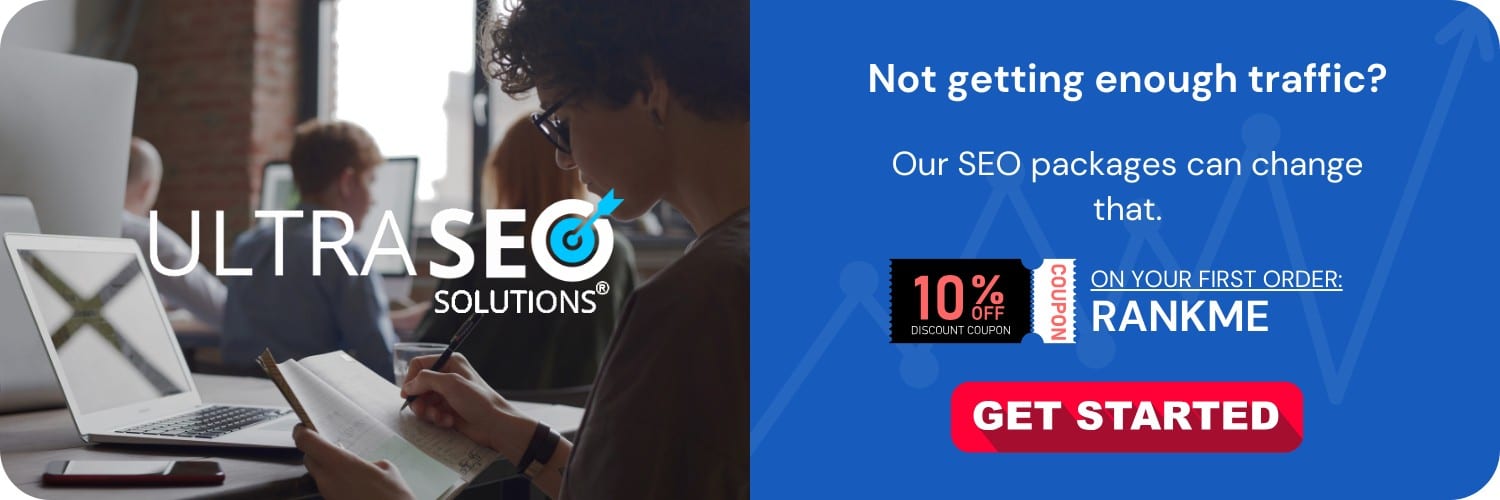
Creating an SEO-friendly content strategy involves integrating targeted keywords seamlessly into high-quality, valuable content that addresses the needs and questions of your audience. It requires a comprehensive plan, from researching and understanding your audience to utilizing SEO best practices in creating and distributing your content. Successful SEO content attracts search engine traffic organically and engages readers, encouraging them to share, link to, and further distribute your content, thus amplifying your online presence.
Understanding Your Audience
Creating Buyer Personas
To craft content that resonates with your audience, start by developing detailed buyer personas. Buyer personas are fictional representations of your ideal customers, based on real data and some select educated speculation about customer demographics, behavior patterns, motivations, and goals.
Conducting Audience Research
Use analytics tools, surveys, and social media listening to gather data about your audience’s preferences, pain points, and search behaviors. This information will help you to tailor your content to the topics and questions your audience is actively seeking.
Keyword Research and Analysis
Identifying Target Keywords
Keyword research is the bedrock of your SEO strategy. Utilize keyword research tools to find the terms and phrases your target audience uses when they search for your products or services. Focus on long-tail keywords, which are less competitive and more specific, making them easier to rank for and more likely to attract qualified traffic.
Analyzing Keyword Intent
Understand the intent behind keywords: informational, navigational, transactional, or commercial investigation. Align your content with user intent, ensuring that your audience finds useful and relevant information when they click through from a search engine result page (SERP).
Creating High-Quality Content
Focusing on Value and Relevance
Craft content that provides genuine value to your audience, answering their questions and providing solutions to their problems. Consistently high-quality content not only benefits your SEO but also establishes your brand as an authority in your field.
Implementing On-Page Optimization
Incorporate your target keywords naturally in the title tags, meta descriptions, headers, and body of your Content, ensuring it’s done in a way that reads naturally to users. Use internal and external links wisely to add further context and credibility to your content.
Content Formatting and User Experience (UX)
Structuring Your Content for Readability
Break your content into smaller paragraphs with subheadings, bullet points, and numbered lists. This enhances readability and makes it easier for readers and search engines to digest the information.
Optimizing for Mobile and Page Speed
Ensure that your website and content are fully optimized for mobile devices. With Mobile-first indexing, your site’s mobile version becomes the starting point for what Google includes in its index. Also, improve page loading speed to reduce bounce rates and encourage users to spend more time on your site.
Link Building and Content Promotion
Developing Linkable Assets
Create comprehensive guides, infographics, and resources that provide so much value that others want to link to them. This is known as creating linkable assets.
Reaching Out to Influencers and Industry Leaders
Establish relationships with influencers and other websites in your industry. Guest posting, sharing your content, or simply networking can create opportunities for natural link building and content promotion.
Measuring Results and Adjusting Your Strategy
Utilizing Analytics Tools
Use Google Analytics, Google Search Console, and other SEO metrics tools to track the performance of your content. Look for insights on what is working well and what needs improvement.
Conducting A/B Testing
Experiment with different headlines, calls to action, content formats, and distributions strategies. Use A/B testing to refine your approach and find the most effective methods for engaging your audience.
Keeping Up with SEO Changes
Staying Informed
SEO is an ever-evolving field, and staying up-to-date with the latest search engine algorithms and best practices is crucial. Regularly educate yourself and adapt your strategy to the ever-changing search landscape.
Adapting to Algorithm Updates
When search engines update their algorithms, review your content strategy to ensure it still aligns with the new guidelines. Adjust your content as necessary to maintain its SEO effectiveness.
Finishing Thoughts
An SEO-friendly content strategy is not a one-time effort but rather an ongoing process of creating, optimizing, engaging, and measuring. It revolves around understanding your audience and delivering the content they seek in the most accessible and valuable way. By focusing on these core elements, you’re more likely to achieve better search rankings, attract more qualified traffic, and establish authority in your niche. Remember, SEO is not about manipulating the system but about being the best answer for your audience’s questions, and a well-thought-out content strategy is the most effective way to accomplish that.
Frequently Asked Questions
What is an SEO-friendly content strategy?
An SEO-friendly content strategy is a plan designed to create and distribute valuable, relevant, and consistent content with the aim of attracting and retaining a clearly defined audience and ultimately driving profitable customer action. This strategy incorporates SEO (Search Engine Optimization) best practices to ensure that the content is accessible and easily discoverable by search engines, thus increasing organic traffic to your website.
How do you define your target audience for an SEO content strategy?
Defining your target audience involves understanding who your ideal customers are, their needs, preferences, search behavior, and demographics. This can be achieved through market research, analyzing your current customer base, using analytics tools to understand user behavior, creating buyer personas, and conducting surveys or interviews to gather direct feedback.
What are keywords and why are they important in content creation?
Keywords are words or phrases that users type into search engines when looking for information. They are important in content creation because they help you to optimize your content around the terms and topics your target audience is searching for. By doing so, you can improve your content’s visibility on search engine results pages (SERPs), attract more qualified traffic, and increase the relevance of your content to your audience’s interests.
How can I conduct effective keyword research?
To conduct effective keyword research, you can use tools like Google Keyword Planner, SEMrush, Ahrefs, or Moz Keyword Explorer. Start by brainstorming terms related to your business or industry. Analyze competitors to see what keywords they are ranking for. Look at search volumes and keyword difficulty to select keywords that are attainable and have a significant enough volume to drive traffic. Also, consider long-tail keywords that have a lower search volume but are more specific and carry a higher intent.
What are some best practices for creating SEO-friendly content?
Best practices for creating SEO-friendly content include researching and using relevant keywords naturally throughout your text, focusing on creating high-quality informative content, ensuring your content is well-structured with headings and subheadings, using meta tags effectively, incorporating internal and external links, and optimizing images with alternative text. Additionally, content should be created to provide value to the user, addressing their questions or needs comprehensively.
How important is content originality for SEO?
Content originality is crucial for SEO because search engines prioritize unique content when determining rankings. Duplicate or plagiarized content can negatively impact your site’s SEO, leading to lower rankings or even penalties from search engines. Original content, on the other hand, can establish your site as an authoritative source, encouraging user engagement and backlinks, which are vital for SEO.
What role do meta tags play in an SEO-friendly content strategy?
Meta tags play a significant role in SEO as they provide search engines with metadata about your web pages. This includes meta titles and meta descriptions that appear on SERPs and signal the content of the page. Well-crafted meta tags can improve click-through rates from the search results, as they act as a brief preview that entices users to visit your page.
How often should I audit and update my content?
You should regularly audit and update your content to ensure it remains accurate, relevant, and valuable to users. This could be done quarterly, biannually, or annually, depending on the volume and nature of your content. Updating content might involve refreshing statistics, incorporating new information, optimizing for new keywords, or improving readability and engagement.
Can social media impact my SEO-friendly content strategy?
While social media does not directly contribute to SEO rankings, it can have a significant impact on the performance of your content strategy. Sharing content on social media platforms can increase its reach, drive traffic to your website, and generate engagement, all of which can help your content’s visibility and indirectly influence your SEO through increased brand awareness and backlink opportunities.
Should I track the performance of my content? What metrics should I consider?
Yes, tracking the performance of your content is essential to understand what is working and where there is room for improvement. Key metrics to consider include organic traffic, rankings for targeted keywords, click-through rates (CTR) from SERPs, time on page, bounce rates, conversions, and social shares. Use tools like Google Analytics and Google Search Console to monitor these metrics and adapt your strategy accordingly.






